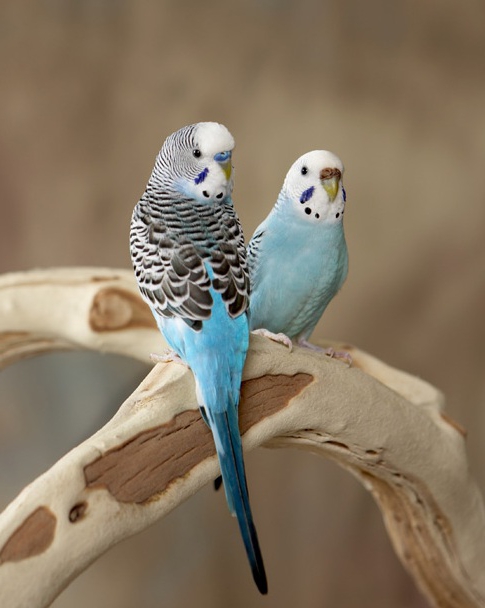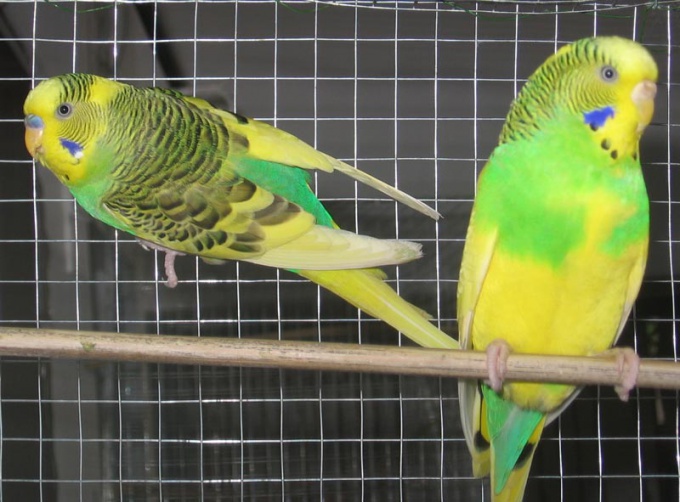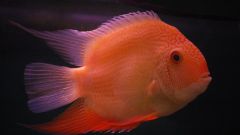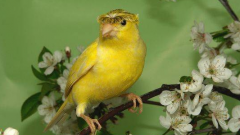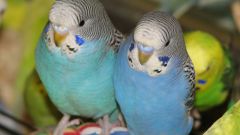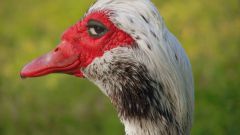Instruction
1
At an early age should look at the cere - a small area of skin located directly above the beak of a parrot. In females it has a barely noticeable blue hue with a white border around the nasal cavities. In males the color varies from pink to purple, it may have a smooth surface and Shine. As they Mature, the cere color changes and becomes females are brown-white with gray trim of the beak in males the cere is changing to Indigo and has a brilliant sheen.
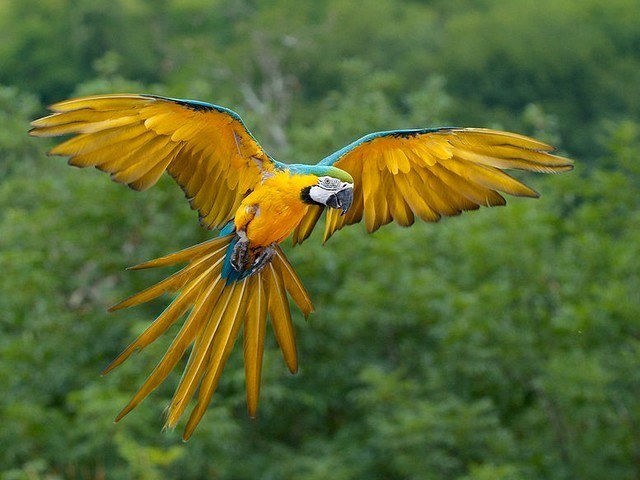
2
To determine its sex, you need to look for the presence of a mask, which always points to the small age of the pet. For budgies characteristic mask the yellow color on the head, which is absent in young parrots. At an early age (3-4 months) parrots have a wavy color of the feathers, starting from the cere.
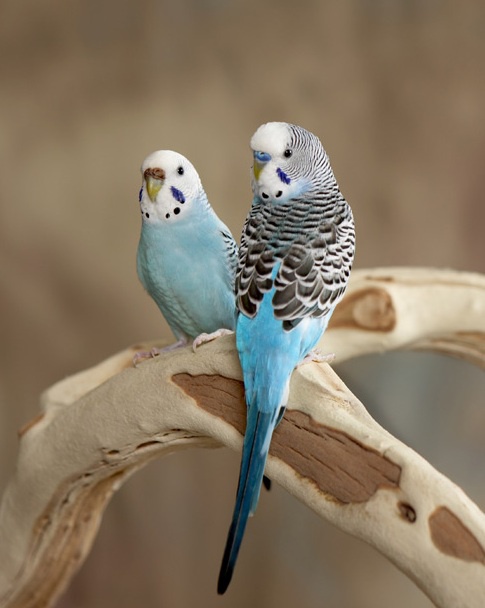
3
When the male or the female turns 4-6 months and they become older representatives of the birds, it's easy to determine their gender by the color of the feathers and cere. So, the male has a green or blue feathers cere gains a light blue hue, unlike the males, the color of the feathers of which are yellow, white or spotted coat. In this case, the color of the cere is the same as in young age. Adult parrots always female the cere is brown, it is unchanged the whole life-cycle of a parrot.
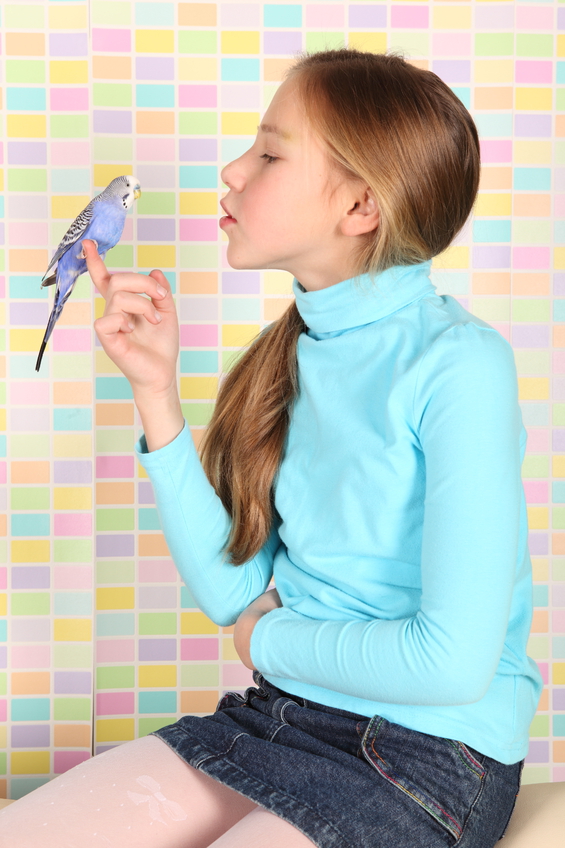
4
If the cere is impossible to determine the sex of a parrot, in cases where the cere colorless or the color manifests itself in adulthood, then do a DNA test, the results of which will know the sex of the parrot with the reliability of 99%. This analysis is very effective in the doubt in establishing the sex of the parrot, the results are always confirmed with the onset of maturity, when it is possible to reliably judge the field on other grounds.
